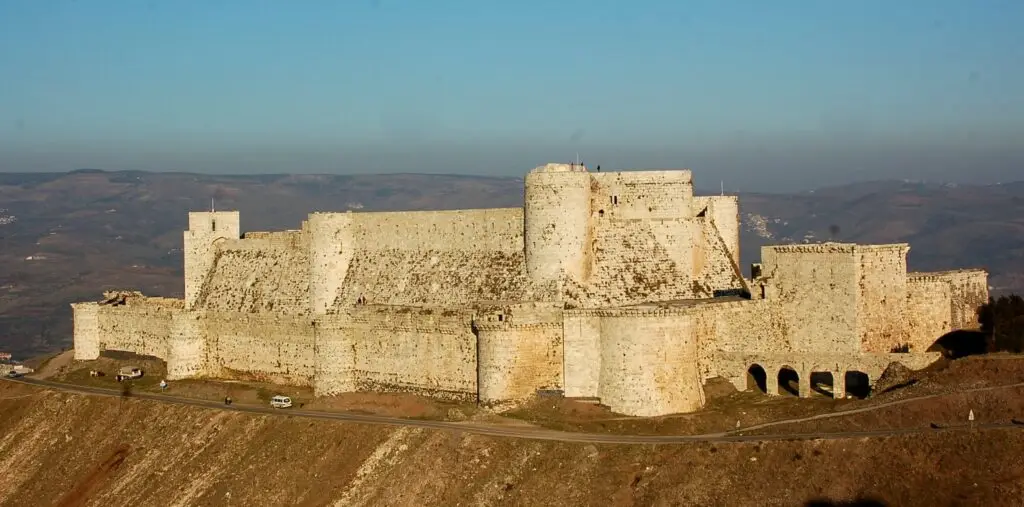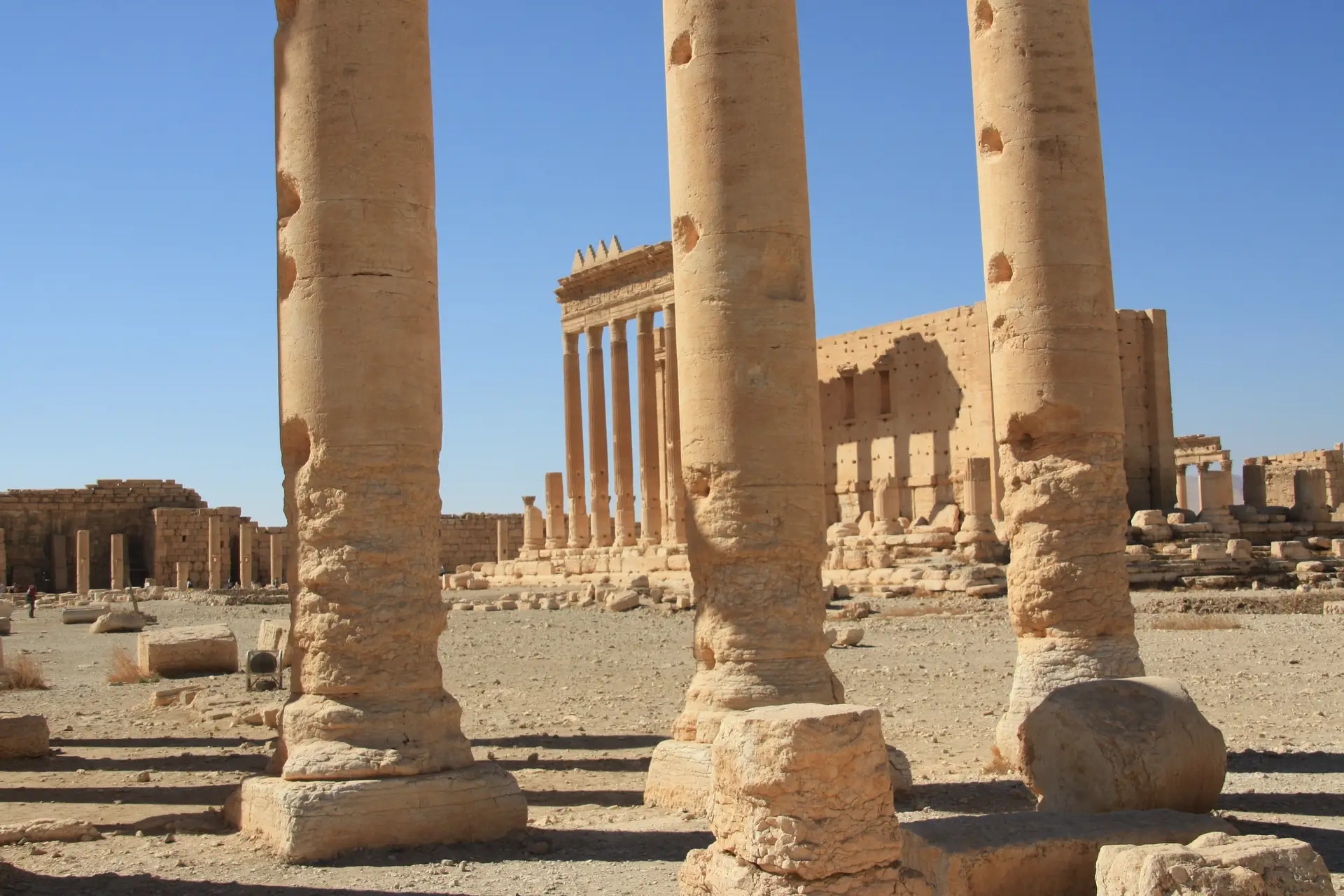Syria’s renowned historical landmarks are receiving renewed attention as experts begin assessing the extensive damage caused by nearly 14 years of civil war. Following the fall of the Assad regime in December 2024, conservationists are focusing on heritage restoration efforts, aiming to revive both the country’s cultural treasures and its tourism industry.
Major Heritage Restoration Challenges
Palmyra, one of Syria’s six UNESCO World Heritage sites, stands as a testament to both ancient grandeur and recent devastation. This former hub of the Silk Road network, connecting Roman and Parthian empires to Asia, once attracted 150,000 monthly visitors. Today, its 2,000-year-old ruins bear deep scars of conflict. Furthermore, the site’s historical significance extends beyond its Roman-era structures – it was notably the capital of Queen Zenobia’s third-century kingdom that briefly rebelled against Rome.
The destruction has been particularly severe at Palmyra. During their occupation, Islamic State militants demolished the historic temples of Bel and Baalshamin, along with the Arch of Triumph. Moreover, they tragically executed Khaled al-Asaad, an elderly antiquities scholar who had dedicated his life to preserving the site. Subsequent military conflicts led to further damage, with the 16th-century Fakhr al-Din al-Ma’ani Castle being converted into military barracks.
Impact on Medieval Structures
The medieval castle of Crac des Chevaliers represents another significant casualty of the war. Government airstrikes in 2014 devastated its central courtyard and arabesque-adorned columns. Although some heritage restoration work has been undertaken, particularly following the 2023 earthquake, considerable work remains to be done.

Current State of Byzantine Settlements
Perhaps most concerning is the state of the Dead Cities in northwest Syria. These 700-plus abandoned Byzantine settlements now face multiple threats. Many sites have become refugee shelters, while others have fallen victim to looting and unauthorized excavations. Particularly troubling is the fact that “tens of thousands” of artifacts remain undocumented, according to expert Ayman Nabu.
International Support and Future Plans
UNESCO has been monitoring Syria’s cultural heritage remotely since 2015, providing guidance through satellite analysis and documentation. However, the organization’s representative, Matthieu Lamarre, acknowledges that no on-site restoration work has yet been possible. Therefore, local experts emphasize the need for trained technical teams to properly evaluate and restore these invaluable sites.
Conclusion
The interim administration has decided to postpone developing a comprehensive heritage restoration strategy until after the political transition period. Nevertheless, local tourists are already returning to these sites, offering hope for future revival. Indeed, experts believe these historical treasures could once again attract international visitors, providing crucial support for Syria’s economic recovery.

